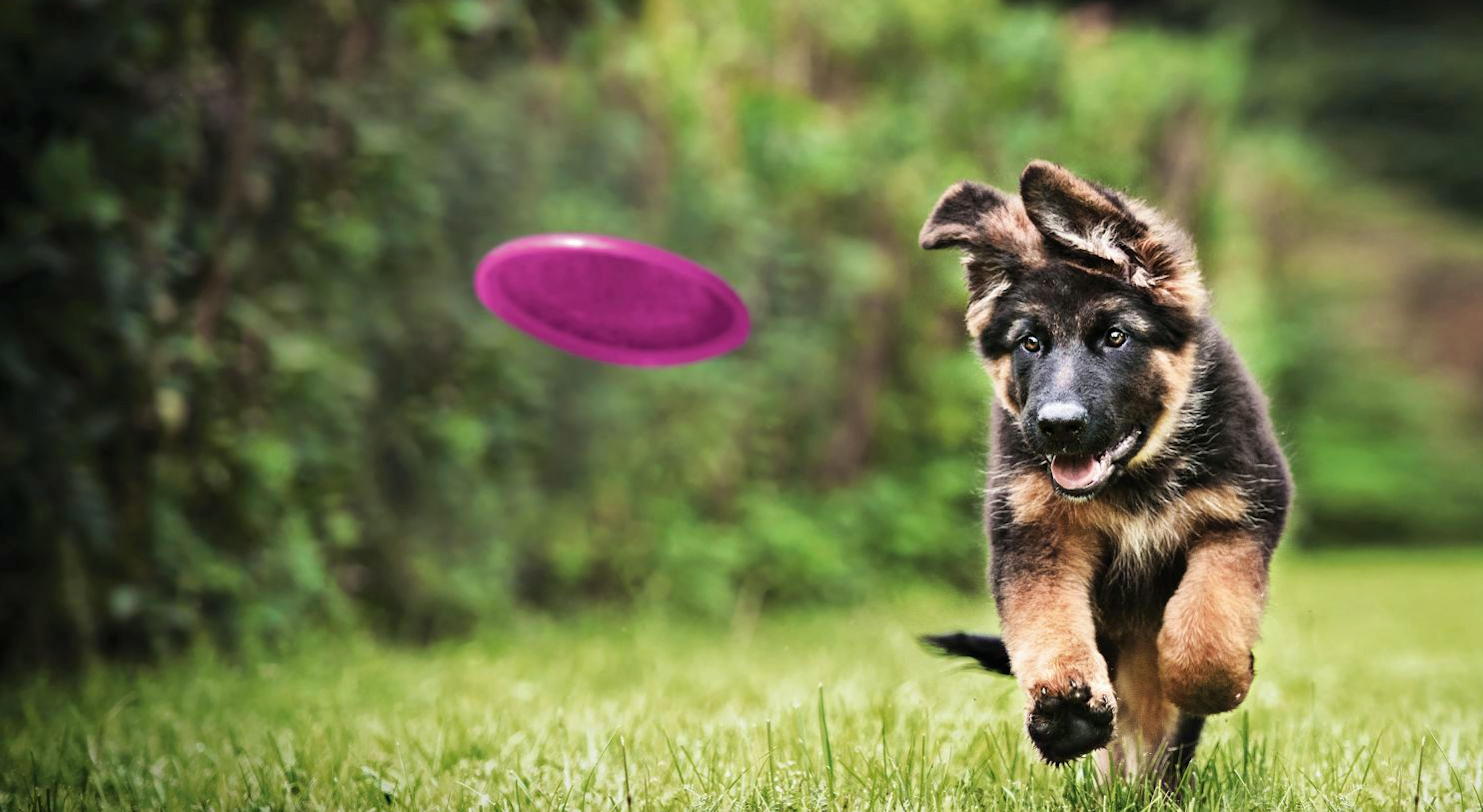Top Puppy Training Methods to Make Sure a Mannerly Family Pet
Reliable pup training is essential for cultivating a well-behaved companion, and various techniques can dramatically influence a canine's advancement. Among these, positive reinforcement stands apart as a foundational method, promoting trust and encouraging preferable behaviors. Consistency in commands and very early socializing are similarly crucial, preparing for a well-adjusted family pet. In addition, the functions of dog crate training and leash etiquette can not be overlooked. As we discover these approaches better, it comes to be clear that the success of young puppy training hinges on a mix of techniques that can change your pet dog's habits in exceptional methods.
Favorable Support Techniques
Making use of positive support techniques is essential for efficient young puppy training, as it urges preferred actions with incentives as opposed to penalty. This approach takes advantage of the all-natural knowing procedures of canines, enhancing etiquette by offering prompt and tangible benefits, such as deals with, praise, or playtime. By linking positive results with details activities, pups are more probable to duplicate those habits in the future.
Rewards should be given right away after the desired behavior occurs to create a clear link in the young puppy's mind. Furthermore, varying the types of incentives can keep a young puppy's rate of interest and motivation throughout the training procedure.

Uniformity in Educating Commands
Maintaining uniformity in training commands is vital for strengthening the lessons found out through positive support strategies. Dogs prosper on routine and predictability, so utilizing the exact same spoken commands and hand signals for specific habits is crucial. This uniformity aids puppies comprehend what is anticipated of them, decreasing confusion and frustration for both the trainer and the animal.

Timing also plays a substantial duty in consistency. Commands should be supplied immediately during training sessions and followed right away by positive support, such as treats or appreciation. This instant reaction aids strengthen the association in between the command and the preferred actions.
Integrating consistency right into training sessions will develop a steady knowing setting, promoting quicker proficiency of commands. Eventually, a well-structured approach promotes a solid bond in between the puppy and its proprietor, leading to an extra well-behaved and loyal family pet.
Socialization With Various Other Pets
Socializing with various other animals is crucial for a young puppy's development, as it assists them learn suitable actions and communication abilities in varied social contexts. Early interactions with various animals can dramatically influence a young puppy's personality and adaptability in different scenarios. When young puppies are revealed to a variety of animals, they come to be a lot more certain and less fearful, which can stop possible behavioral issues later in life.

Instruct your pup to acknowledge signals from various other family pets, such as signs of playfulness or pain, fostering common respect and understanding. Normal socialization not just improves your pup's social skills however also contributes to their total well-being, developing a more unified living setting.
Cage Training Benefits
Identifying the various benefits of cage training can greatly improve both the pup's and owner's experience. Crate training gives a safe and safe environment for young puppies, guaranteeing they really feel safeguarded when left alone. This feeling of safety and security can considerably minimize anxiousness and tension degrees for both the pet dog and the proprietor.
In addition, crates act as an important house-breaking device. Pups naturally prevent staining their resting area, therefore motivating them to hold their bladder up until they are let outdoors. This reaction can expedite the housebreaking process, promoting great routines beforehand.
Crate training also aids in managing a puppy's habits when not being watched. By giving a marked room, proprietors can prevent destructive behaviors, such as eating on furnishings or obtaining right into dangerous compounds. Additionally, pet crates can be beneficial throughout traveling, using a familiar space that can help relax a young puppy in brand-new atmospheres.
Last but not least, establishing a cage regular motivates self-reliance, permitting pups to discover how to be alone without anxiety. Generally, cage training is an effective approach for promoting safety, discipline, and peace, causing a well-adjusted, well-behaved family pet.
Leash Training Essentials
Leash training is an essential facet of accountable pet dog ownership that makes certain a pleasurable and secure walking experience for both the young puppy and its proprietor. Proper chain training begins early, ideally throughout the puppy's socializing period. This training assists develop good routines and advertises positive habits when out in public.
To start, select a comfortable collar or harness that fits your young puppy well. Affix a sturdy leash, guaranteeing it is not also long, as this can lead to pulling and unpredictable actions. Beginning in a quiet atmosphere Website to reduce distractions and gradually introduce your young puppy to brand-new environments.
Use positive reinforcement methods, such as deals with and appreciation, to encourage your puppy to walk next to you. Stop walking and wait for them to return to your side before continuing if your puppy pulls. This instructs them that drawing will certainly not produce ahead activity. Uniformity is crucial; technique frequently and stay individual, as proficiency view requires time.
Furthermore, integrate short training sessions with fun interruptions to build your puppy's emphasis. With commitment and determination, leash training will cause a hospitable companion, making walks pleasurable for both the proprietor and the pup.
Final Thought
In conclusion, utilizing reliable puppy training methods is essential for creating a well-behaved family pet. Overall, these techniques jointly promote a harmonious connection in between puppies and their owners.
As we discover these methods additionally, it comes to be clear that the success of puppy training hinges on a mix of approaches that can transform your animal's actions in amazing methods.
Making use of favorable reinforcement techniques is necessary for effective puppy training, as it motivates desired actions with rewards rather than penalty.Crate training also helps in taking care of a pup's actions when unsupervised.Leash training is an essential facet of liable pet dog possession that ensures a satisfying and risk-free strolling experience for both the young puppy and its proprietor.In final thought, utilizing efficient young puppy training methods is vital for creating a mannerly pet.
Comments on “Puppy Training Techniques: Teaching Basic Commands for a Happy Pet”